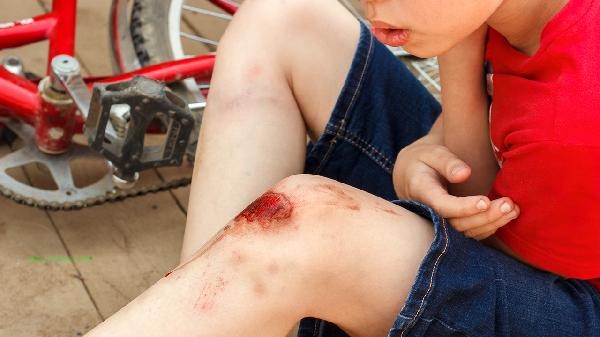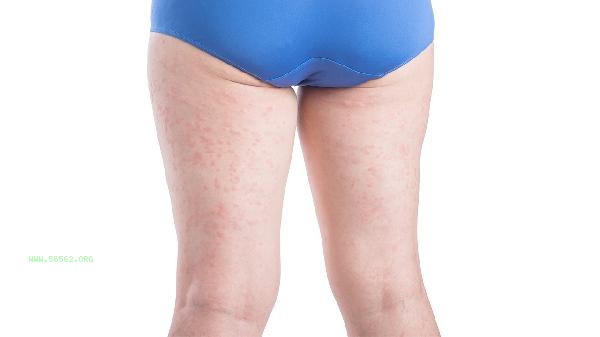Muscle strains in the thigh can be relieved through rest braking, alternating cold and hot compresses, pressure bandaging, medication treatment, rehabilitation training, and other methods. Muscle strains are usually caused by excessive stretching during exercise, insufficient warm-up, muscle fatigue, external impact, and old injuries that have not healed.

1. Rest and Braking
During the acute phase, immediately stop exercising and maintain the affected limb's braking to avoid walking or carrying heavy loads that worsen the injury. It is recommended to use crutches to assist with movement and raise the legs above heart level, which can help reduce swelling. The braking time depends on the degree of damage, with mild strains taking 3-5 days and severe tears taking more than 2 weeks.
2. Alternating between cold and hot compress
Within 48 hours after a strain, ice compress every 2 hours for 15 minutes can contract blood vessels and reduce internal bleeding. After 48 hours, switch to hot compress to promote blood circulation and accelerate tissue repair. When applying ice, use a towel to separate the skin to avoid frostbite, and the temperature for hot compress should not exceed 40 degrees Celsius.
3. Pressure bandaging
Use an elastic bandage to wrap around the affected area from the distal end to the proximal end, with even and moderate pressure to avoid affecting blood circulation. Bandaging can limit abnormal muscle contractions and reduce the risk of secondary injury. The bandage can be removed during nighttime sleep, and needs to be re secured during daytime activities.

4. Drug therapy
When pain is significant, nonsteroidal anti-inflammatory drugs such as ibuprofen sustained-release capsules and diclofenac sodium sustained-release tablets can be used according to medical advice. Severe swelling can be improved with diosmin tablets to improve microcirculation, while muscle spasms can be treated with methylprednisolone hydrochloride tablets. For external use, flurbiprofen gel paste or Xueshanjin Arhat analgesic film can be selected.
5. Rehabilitation Training
After pain relief, gradually perform quadriceps isometric contraction exercises, and later increase straight leg elevation, resistance training, etc. The training intensity should be moderate to not cause pain, combined with ultrasound or low-frequency electrical stimulation therapy. Before fully resuming exercise, it is necessary to undergo a doctor's evaluation to avoid recurrence caused by premature exercise. During the recovery period, it is important to ensure high-quality protein intake to promote muscle repair, such as eggs, fish, soy products, etc., and avoid spicy and stimulating foods. Moderate supplementation of vitamin C and calcium is recommended, and attention should be paid to keeping the affected limb warm and avoiding catching a cold. Before complete recovery, vigorous running, jumping, squatting and other movements are prohibited. It is recommended to wear sports protective equipment for protection. If there is persistent swelling or abnormal popping, timely re examination is necessary to rule out serious conditions such as tendon rupture.









Comments (0)
Leave a Comment
No comments yet
Be the first to share your thoughts!